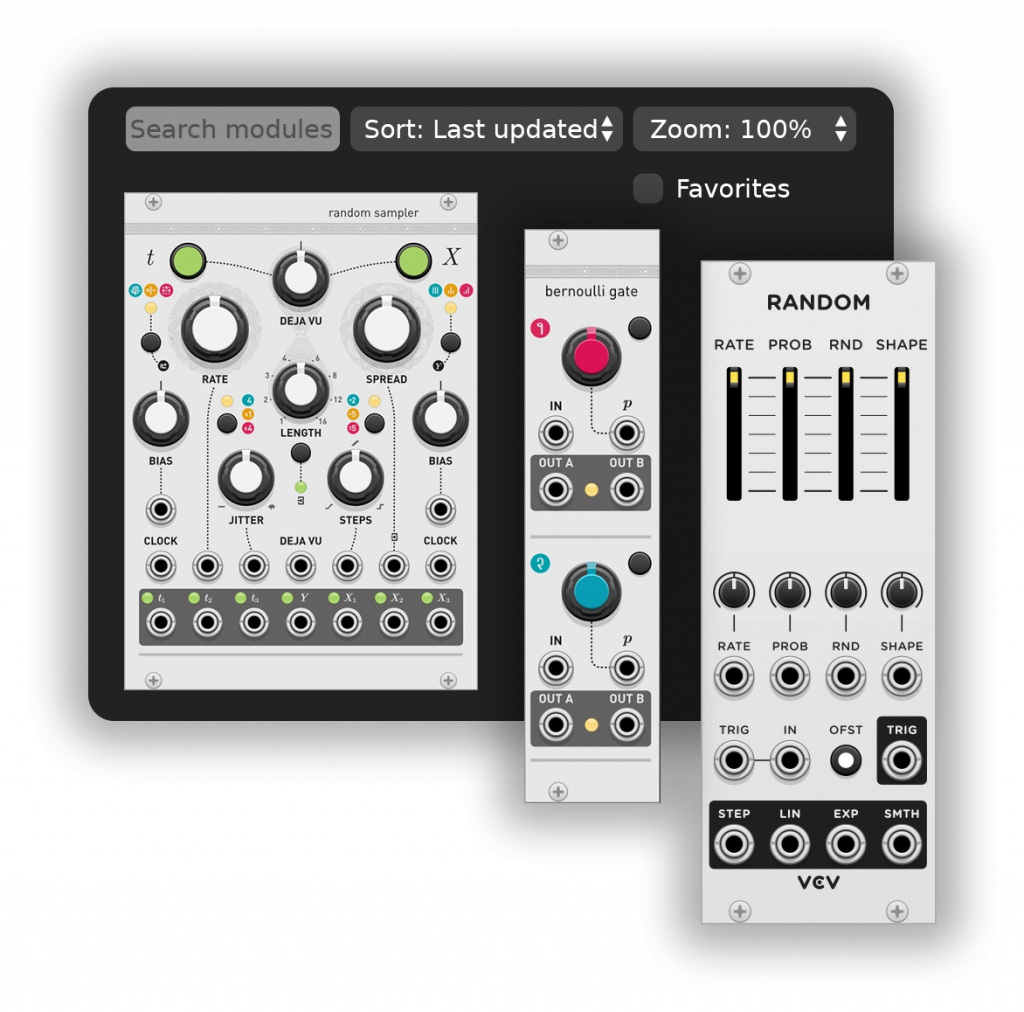
In this workshop me and my partner were using the program “VCV Rack” to simulate the production process of Rashad Becker. When I first opened the program, I was overwhelmed with the number of options but when I opened the word document that guided me on how to use it, I managed to get my head around it. First to even get sound through the program you need to open an audio module and select your audio interface. Afterwards, I opened a voltage-controlled oscillator then connected it to the input of the audio module. Now we started to shape the sound by selecting and adding another module called the voltage-controlled filter with this we can switch between a high-pass or low-pass filter depending on how we connect the modules together. Later I was guided to add a voltage-controlled amplifier which will allow me to control the amplitude of the envelope. Finally, to automate the sound we used a low-frequency oscillator connected to the voltage-controlled oscillator. After having down the basics, I started to experiment more with different modules and connecting them differently within each other and we ended up producing an interesting pluck sound. Overall, personally I didn’t really enjoy this way of sound design and using this program the workflow felt really slow to me but that is maybe because this was my first experience with any modular synthesis. But I can recognise that this offers a lot to a new music producer who is especially keen on learning sound design and modular synthesis since if you can manage to navigate through VCV Rack and warp your head around it the skills would be transferable to any other third party plugin such as serum and you would be able to recreate any sound you like eventually.